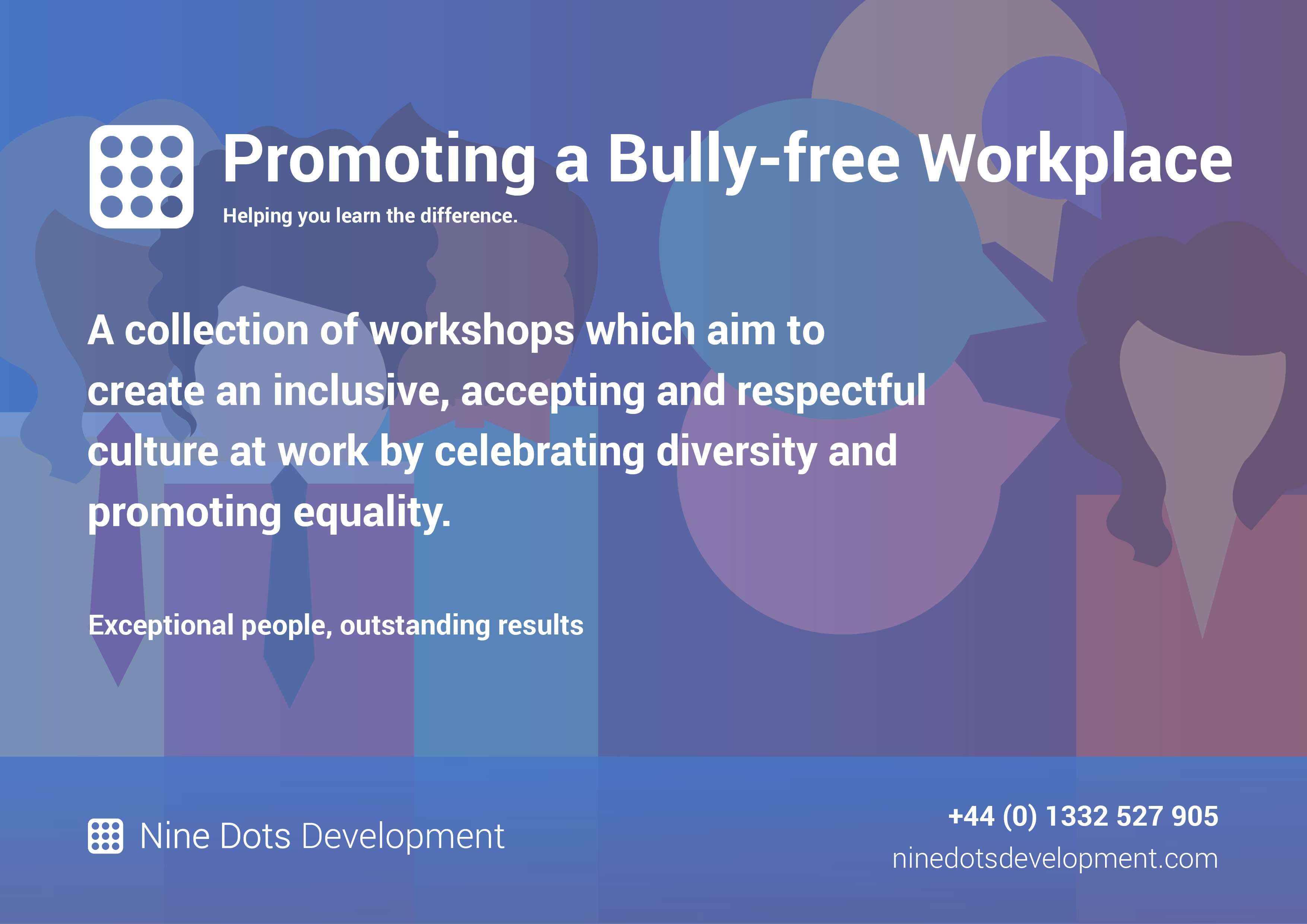Tuesday 18 Jan 2022 Article
The TakeawayTackling Unconscious Bias in the Workplace
Uncovering and Overcoming Unconscious Bias With Staff
Part 2
#PrivateTraining #Leadership #EmpowerYourStaff #WorkRelationships #Equality #PersonalDevelopment
The perfectly matched resource for this article...
Explore Our Promoting a Bully-free Workplace Course!
Want to create a better workplace culture? This is the course for you!
Download brochure!Playing catchup?
Tackling Unconscious Bias in the Workplace
Unconscious bias can be challenging to tackle as, as the name suggests, it is unconscious so it often goes unnoticed.
Although unconscious bias will always be present in the workplace to some degree, there are ways to tackle it and minimise the impact that it has on individuals, teams, and the workplace as a whole.
So how can you address and mitigate the 8 different types of bias we mentioned in our previous article?
1. Affinity Bias: Awareness is Key
When taking notes in interviews, for example, write down any similarities that come up which could cloud your judgement and make you subconsciously favour the candidate over others. This way, you’re making the unconscious conscious, making it much easier to stop and think “are they truly the right candidate or do we just have a lot in common?”.
2. Attribution Bias: Clarity Comes First
Rather than making assumptions, you should ask questions to clarify what happened and why. For example, if an employee is late, rather than assuming they just overslept, ask why they are late. Often, there is a perfectly valid reason and, as long as it isn’t a frequently recurring issue, it shouldn’t be used against the employee.
3. Beauty Bias: Turn the Cameras Off
Beauty bias is particularly prevalent during the recruitment process, so doing initial screening calls over a phone call rather than a video chat can be an effective way of preventing beauty bias from influencing who is invited for an interview.
4. Confirmation Bias: Create a Plan and Stick to It
Whilst interviews inherently include some discussion about the individual’s background and experience, it’s vital to ask every candidate the same standardised skills-based questions to give them all a fair chance. Sticking to these questions decreases the likelihood of subconsciously asking questions to confirm the opinions you have already formed, helping you have a more open-minded approach to the interview.

5. Contrast Effect: Comparison Is the Thief of Joy
Similarly to overcoming confirmation bias, having a set structured interview and application review process can help prevent one shining interview from making the others feel sub-par. Each candidate should be assessed individually on their skills, experience, qualifications, and suitability for the role rather than on how they compare to the other applicants.
6. Gender Bias: Watch Your Language
When writing job descriptions, it’s not uncommon to subconsciously include terminology and language that is biased towards one gender. In fact, the company Atlassian saw a shocking 80% increase in the number of women they hired after adjusting their job advert copy to be more gender-inclusive.
This article by Glassdoor explains 10 ways to remove gender bias from job descriptions.
7. Halo and Horns Effect: Seeing the Bigger Picture
When reviewing applications for a job vacancy or promotion, for example, it can be beneficial to have a set list of criteria to look at to prevent one extremely positive or negative trait from overshadowing the rest of the application. For example, one candidate may have excelled in one specific project but may not meet any of the other required criteria.
{{ADVERT}}
8. Ageism: Teamwork Makes the Dream Work
Encouraging younger and older employees to work together so they can interact with each other and form positive relationships, helping overcome preconceived biases that employees may have about colleagues older/younger than them.

Creating an Inclusive Workplace Culture
Whilst knowing how to tackle individual types of unconscious bias is important, it’s vital to ensure that workplace culture as a whole is inclusive and not only accepts but celebrates diversity.
There are many things you can do to create a better culture around diversity, including:
- Encourage Staff to Widen Their Circle at Work
Working and socialising with a wider, more diverse range of people helps staff get to know them on a more personal level, helping improve their cultural understanding. - Consciously Think About Important Decisions
As we mentioned in our previous article, The human brain unconsciously processes 11 million pieces of information per second, but only consciously processes 40 so it’s important to stop and think when making people-related decisions rather than letting subconscious biases make our decisions for us. - Address and Work On Your Own Unconscious Biases
Employees often look up to their leaders as role models and imitate their behaviour, so taking a top-down approach to tackling unconscious bias can be extremely effective. One way to uncover unconscious biases is through the Harvard Implicit Association Test. - Invest in Emotional Intelligence and Inclusion and Diversity Training
Training can help bring awareness to important topics such as diversity and inclusion and create a more accepting, inclusive, and better-informed workplace culture; after all, a lot of unconscious biases stem from a lack of awareness or knowledge
If you’re looking to improve your workplace culture, have you seen our ‘Promoting a Bully-Free Workplace’ training course?
This collection of workshops aims to create an inclusive, accepting and respectful culture at work by celebrating diversity and promoting equality.
To find out more about this course, click here or click the button below.
---
Until next time...
Explore Our Promoting a Bully-free Workplace Course!
Want to create a better workplace culture? This is the course for you!
Download brochure!Missed an article?
More from Uncovering and Overcoming Unconscious Bias With Staff
